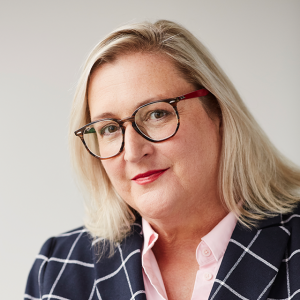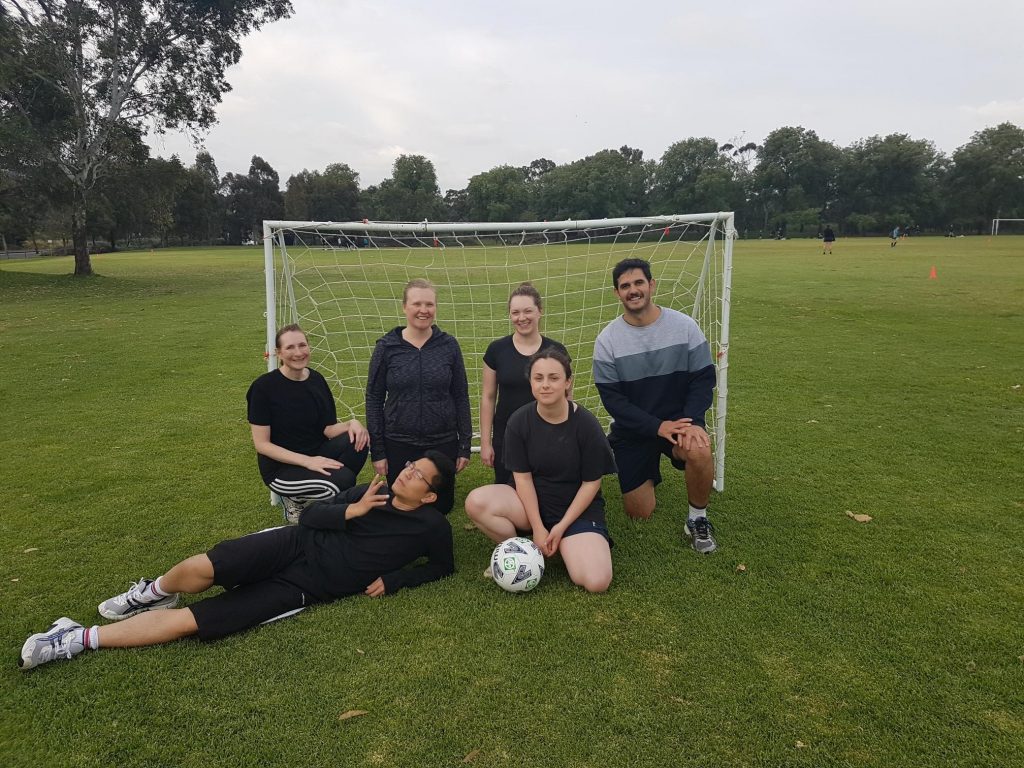The Institute have been working to strengthen and improve our advocacy efforts to ensure we effectively communicate the value of architecture to the community and governments. We are promoting policies and strategies to raise design standards in our cities and towns, to position Australia as an international design leader and to make Australia a better place for us all.
Working directly with all levels of government, authorities and other industry groups has proven to be a constructive way to achieve better outcomes.
Building regulation
One of the biggest issues of the year for the built environment has been the Building Ministers Forum review of the building regulation compliance and enforcement system. The review was carried out by Peter Shergold and Bronwyn Weir. Discussions with the co-chair enabled us to raise a number of issues of concern to the profession including clarifying the role of architects. We also discussed the difficulties in regulating importation and sale of materials and products, tightening certification and testing regimes, problems with product substitution without consultation with the specifying architect. We raised the need for better regulation for design, documentation and specification, knowledge of codes and standards by all building practitioners, and regulation of all building practitioners, including project managers.
These issues have been addressed in the 24 recommendations in final report. We have been strong advocates for the implementation of the recommendations in their entirety and in a nationally consistent manner through interactions with the individual building ministers at a local level and when attending the Building Ministers Forum joint industry meeting. We will continue to pursue this in 2019.
National Construction Code and standards
The proposed changes to the National Construction Code (NCC) were released for public comment in 2018 and the Institute made a number of suggestions and comments. NCC 2019 will be available for public preview in February 2019 and will be adopted from 1 May 2019. Some of the key changes announced in 2018 from the 2016 edition are:
• Quantification
• Readability
• Fire safety
• Fire sprinklers in Class 2 & 3 buildings
• Bonded Laminate Concession
• Energy efficiency for commercial buildings
• Volume Two Acceptable Construction Practice
• Condensation management
• Roof-top spaces
• Accessible adult change facilities
• Plumbing
The Institute is represented on the Building Codes Committee of the Australian Building Codes Board. We also have representatives on the Standards Australia Council, and we have members involved in some standards committees.
Banking Royal Commission
The Institute joined forces with Architeam Cooperative and the Association of Consulting Architects Australia to provide a submission to the Royal Commission into Misconduct in the Banking, Superannuation and Financial Services Industry. The submission provided comments on the unfair treatment of industry standard construction contracts by banks, saying discriminatory behaviour towards architects and architect-administered contracts increase the risk to architects, consumers, builders and the banks themselves. It urged the Royal Commission to examine this issue with a view to making recommendations that improve the attitude of the banks towards architect-administered construction contracts; and cease the practice of forcing architects, consumers and builders to use construction contracts that create more risk to them and add to the overall project cost. We also met with the Australian Banking Association and will continue to liaise with them.
Iconic public buildings
The Institute has criticised plans to demolish the award-winning Anzac Hall unveiled by the Australian War Memorial. While fully supporting moves to honour and better tell the stories of Australia’s servicemen and women, the Institute expressed shock at the lack of consultation with the community, the Institute and the architectural moral rights holders of the existing structure. The Institute offered to work with the Federal Government and the Australian War Memorial’s management to find an acceptable alternative. We will continue to voice our opposition to the planned demolition.
The NSW Chapter voiced its support for Sydney Opera House chief executive Louise Herron in upholding the policy of her organisation and opposing the use of the sails of the World Heritage-listed building. The chapter expressed disappointment that the NSW Government had intervened and instructed the Opera House management to allow its sails to be lit up with commercially driven material.
State Elections
Three states held elections in 2018 and the Tasmanian, Victorian and South Australian chapters all producing policy positions ahead of the election and met with political parties. The SA Chapter concentrated on design quality and planning reform, industry participation and procurement, professionalism and public safety. The Tasmanian Chapter stated the case for high-quality urban design, public buildings, infrastructure and spaces to add value by stimulating the economy, as well as improving quality of life, and social, environmental and health outcomes in the community. The Victorian Chapter’s pre-election platform sought commitments from the parties in relation to four key issues: a strong office of the Victorian Government Architect (OVGA); improved procurement practises; better design standards; and more affordable housing.
Chapter highlights
Institute Chapters covered an amazing array of topics throughout the year. They have regular meetings with government ministers and public officials and respond to government enquiries and legislative proposals. The Institute is also represented on many government and industry committees, task forces and councils at a state and territory level, which allow us to ensure the voice of the profession is heard.
In 2018, the ACT Chapter had a focus on issues around housing diversity and densification, housing affordability, building construction quality, the development application system, the City and Gateway Draft Urban Design Framework, the ACT’s Climate Strategy to a Net Zero Emissions Territory and the Proposed Stage Two of the ACT Light Rail Project.
The Northern Territory Chapter has looked at a number of issues, including: changes to the current Development Application process, discussions on Darwin Ferry Planning, concerns around the 2015 Darwin CBD Master Plan and feedback on the Central Alice Springs Area Plan.
Some highlights for the NSW Chapter Greater Sydney Commission Draft Region and District Plans, the Sydney Modern DA, the outcome of Heritage Council Decision on Robb College at the University of New England, comments on the draft Sirius Site SEPP submission and feedback on the Draft Government Architect’s Design Excellence Competition Guidelines.
The Queensland Chapter continues to build upon the strong relationships with the Department of Housing and Public Works and the Department of Infrastructure and Planning. Amongst other activities, the Chapter has had input into Brisbane City Council City Planning and has called on government to examine the need for standards and guidelines for apartments, similar to those in New South Wales and Victoria.
The Tasmanian Chapter has been a hive of activity, providing feedback on the overhaul of the state’s planning laws, commenting on the emergency housing summit and providing feedback on the Hospitality and Heritage Tourism Discussion Paper to name a few.
Some highlights of activity for the Victorian Chapter include responding to the draft Fishermans Bend Framework, co-hosting a sold-out debate on the flagship store at Federation Square and discussions on a review of the current urban design policies that will apply to the central city and Southbank.
The Western Australian Chapter has raised concerns about the workforce participation rate of female architects, welcomed a WA Government proposal to establish a new approach to infrastructure planning and decision making through Infrastructure WA and commented on a government green paper, Modernising Western Australia’s Planning System.
The South Australian Chapter has provided ongoing feedback to the State Planning Commission to assist implementation of SA’s new planning and development system due for implementation in 2020. The Chapter continues to collaborate with industry bodies and has provided submissions to a State Productivity Commission inquiry into government procurement and continued negotiations with DPTI on proposed contract review changes (AS 4122).




